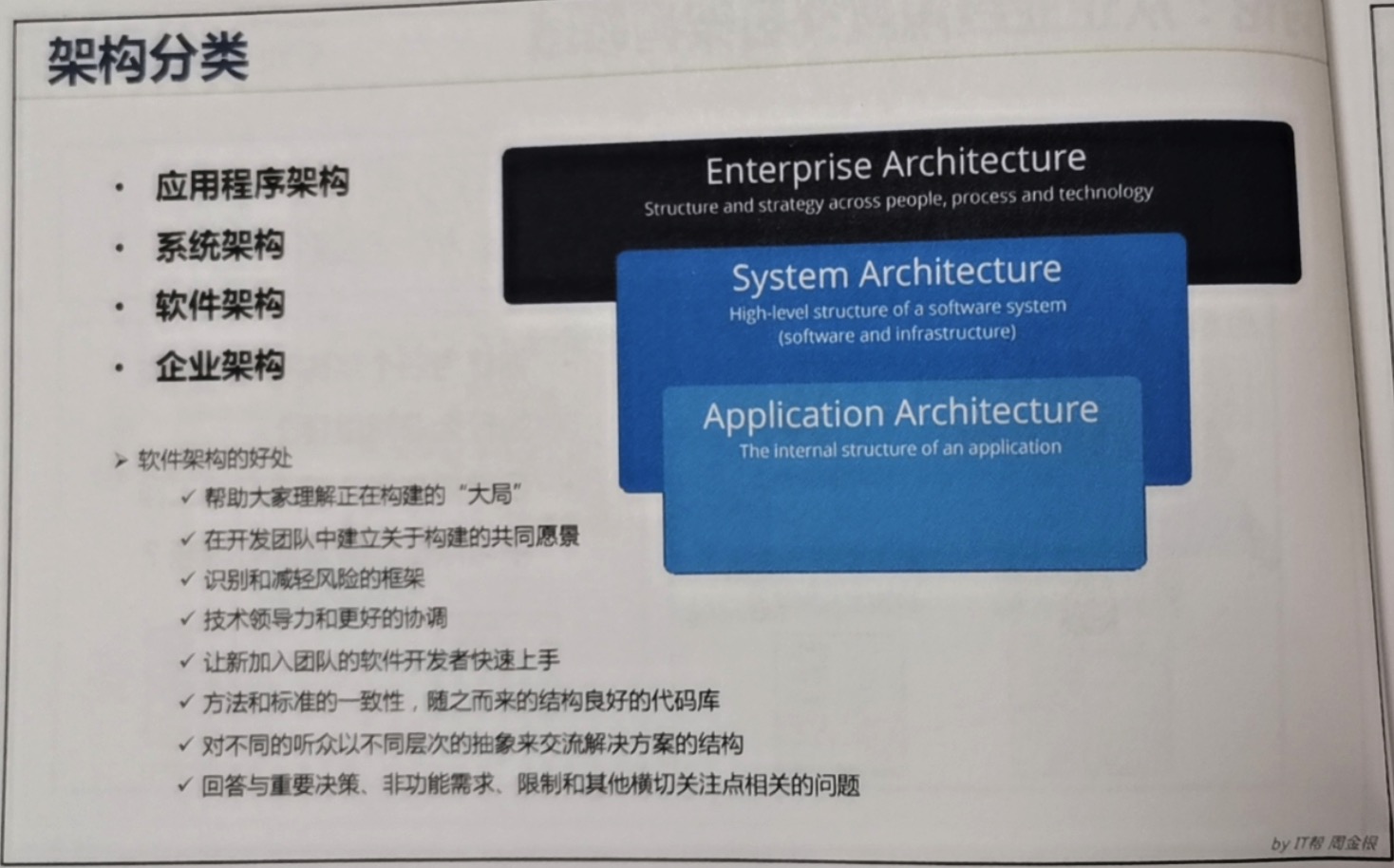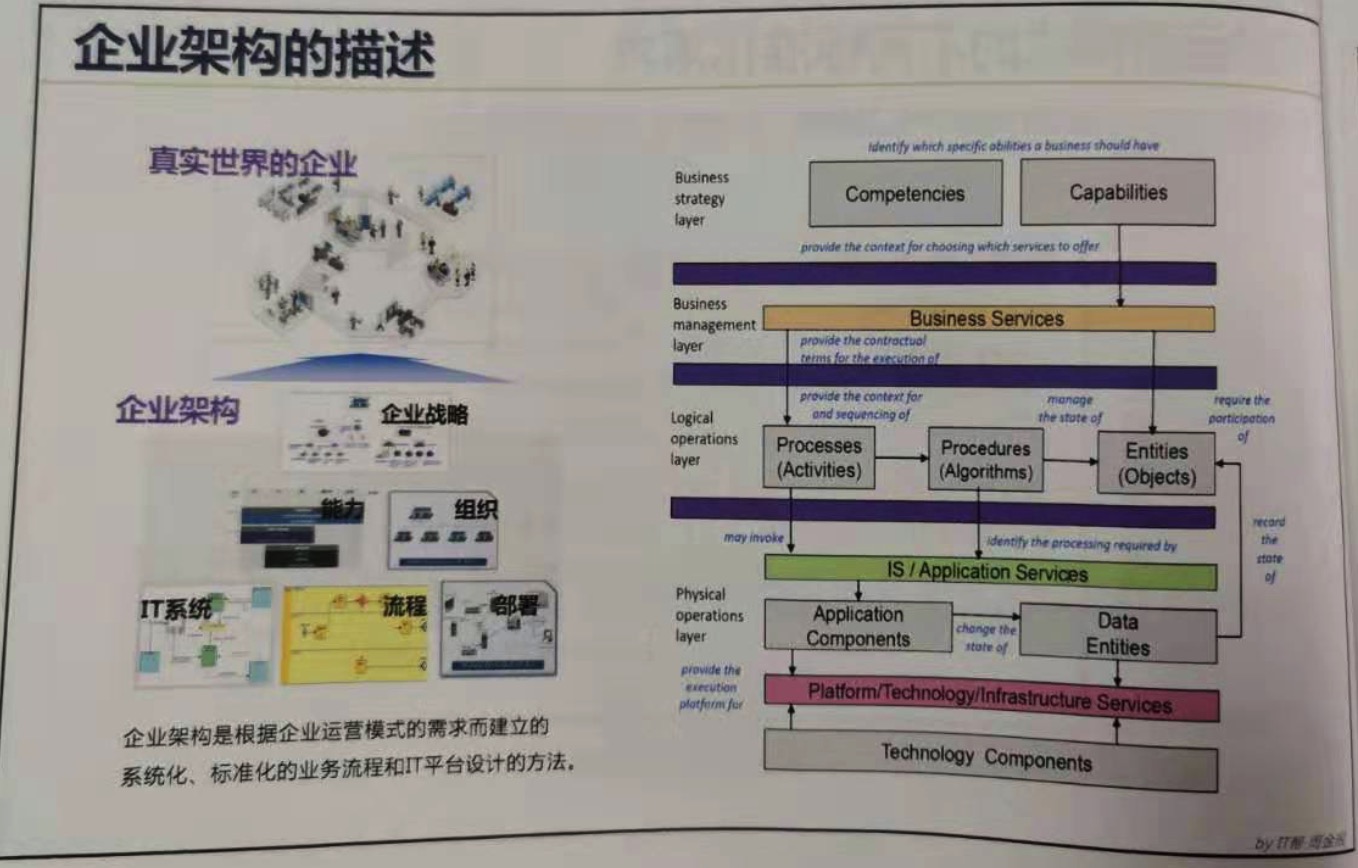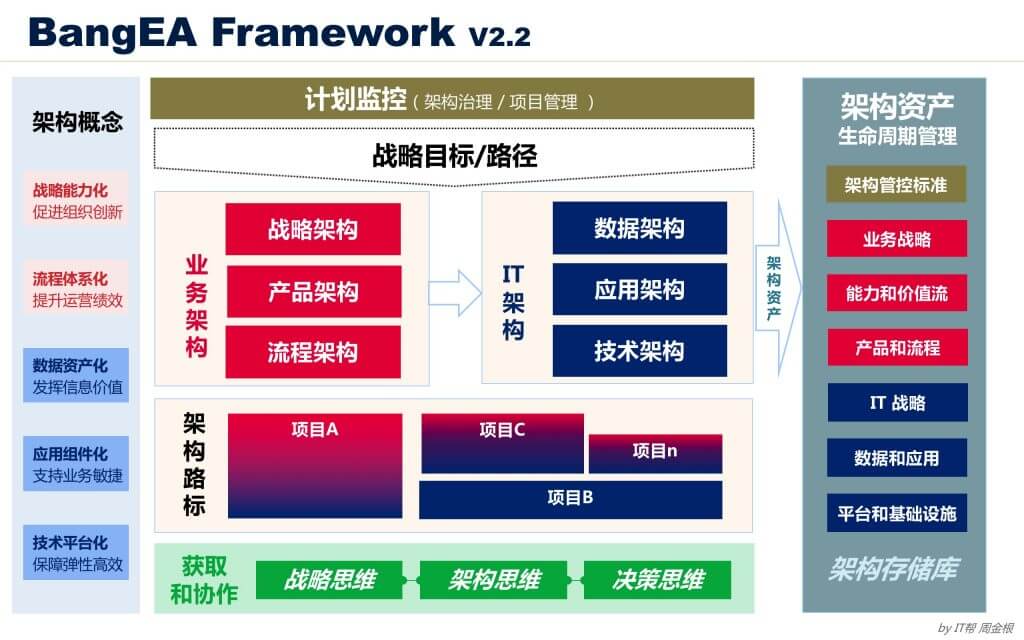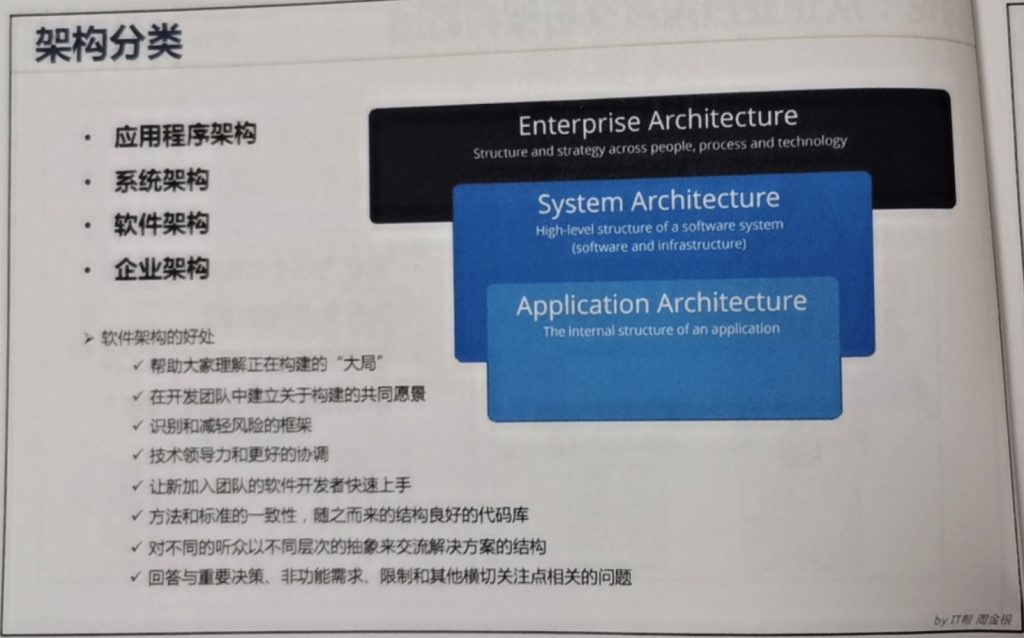Enterprise Architecture: Much More Than You’re Thinking: Dr. Leon Kappelman
“The dogmas of the quiet past are inadequate to the stormy present. . . . As our case is new, so we must think anew, and act anew.” — Abraham Lincoln, message to Congress, Dec. 1, 1862, just before issuing the Emancipation Proclamation.1
Enterprise Architecture (EA) has been in the peripheral vision of information technology (IT) professionals for many years. John Zachman’s work on a framework for EA, begun years earlier, was first published in 1987.2 In 1996, the US Congress passed the Clinger-Cohen Act, which created the position of Chief Information Officer (CIO) in all federal organizations and assigned them responsibility for all IT budget, personnel, and architecture.3
A 2003 assessment of “IT-business strategic alignment maturity” included the degree to which “the enterprise architecture is integrated.”4 And a “study of 104 CIOs to determine their skill needs” found that “there is much more emphasis on the business domain” and ranked “enterprise architecture” as the top business domain skill need.5
What is Enterprise Architecture?
“And so these men of Indostan, Disputed loud and long, …Though each was partly in the right, And all were in the wrong!” – John Godfrey Saxe6
Despite IT’s awareness of the concept and its importance, there is no standard definition of “enterprise architecture” and a great deal of ambiguity in the use of the term. The difficulty is in part a function of the subject matter, what is probably one of humankind’s most complicated creations, the enterprise itself. Our professional biases and historically stove-piped world exacerbate the situation. CIO Magazine opined recently that:
"Enterprise architecture has long been the concept that dared not speak its name. Some CIOs go to great lengths to avoid using the term with their business peers for fear of scaring, alienating or simply boring them to death. But companies ... that have stuck with it are beginning to reap the savings, flexibility and business alignment that its proponents have been promising for nearly 20 years.”7

If things like alignment, rapid introduction, complexity reduction, speed, and agility are design objectives that answer the question “what do we want it to look like?” Then perhaps at least part of the answer to the question “how do we accomplish it?” is Enterprise Architecture. Federal Reserve Chairman Ben Bernanke calls it “intangible capital.” In his June 2006 commencement speech at MIT he said:
"In the case of information and communication technologies, new economic research suggests that the investments in associated intangible capital -- figuring out what to do with the computer once it's out of the box -- are quite important indeed. In my view, important investments in intangible capital remain to be made, as much still remains to be learned about how to harness these technologies most effectively."8

Most usage of the term “EA” is focused primarily on what might more precisely be called “IT architecture” or “information systems architecture,” which is concerned with the logical and physical descriptions of data, applications, and hardware assets. Expanding on that consider Zachman’s contention that “business strategy and its linkage to information systems strategy …ultimately manifest themselves in architectural expression.”9 Then add the definition used by the General Accountability Office (GAO) of the federal government, which reports that known US government spending on EA is nearly $1 billion dollars: An enterprise architecture provides “a clear and comprehensive picture of an entity, whether an organization (e.g., federal department, agency, or bureau) or a functional or mission area that cuts across more than one organization (e.g., financial management).”10 EA “is a blueprint for organizational change defined in models [using words, graphics, and other depictions] that describe (in both business and technology terms) how the entity operates today and how it intends to operate in the future; it also includes a plan for transitioning to this future state.”11 And blend in the notion that EA is all about creating a dynamic tool for understanding the enterprise and managing enterprise transformation, an analytical tool for controlling enterprise complexity, a shared language to facilitate and expedite communication about the enterprise, and a decision-supporting knowledge base to help management create and more quickly achieve objectives like strategic advantage, alignment, agility, efficiency, synergies, and value.

Combining all that into a definition of EA, albeit still imperfect, rightfully covers a lot of territory. Someday, perhaps we will call it something besides “architecture.” Maybe it makes sense to call it something else now, since the “architecture” word does have an engineering connotation that sometimes is perceived adversely by non-technical managers. Maybe we should call it different things to different audiences within the enterprise, if that facilitates working on EA with different constituencies. Especially since many are already doing EA- related activities but without unity or shared language. For example, things familiar to IT professionals like systems development, systems analysis, systems design, network design, cyber-security, and data design and administration, but also non-IT things like strategic planning, business process reengineering, change management, human resources planning, security and continuity planning, innovation and transformation, financial systems and controls planning, and much, much more.

It is the results that matter, not whether a particular pet word, phrase, or model wins the day. Whatever we call it, and it may well vary among enterprises and industries, now is the time for IT professionals to ask themselves, “Will I embrace the opportunity to bring Enterprise Architecture ‘out of the closet’?”
Why EA? Why Now?
“The time is always right to do what is right.” – Dr. Martin Luther King Jr.
EA is all about creating and using a shared “language” of words, graphics, and other depictions to discuss and document every important aspect of the enterprise. Without such a communication capability, optimal alignment, agility, speed, and simplicity are not possible, nor can we hope to realize the potentialities of strategic planning, performance measurement, or process reengineering, or ensure success with security, privacy, governance, project management, and managing innovation and change. The question those in enterprises should be asking each other is, “Can we afford not to seize the opportunity to better utilize all the knowledge about the enterprise?”
In most enterprises, the IT group has been afforded first chance at leading and managing this responsibility, but this is perhaps no more than an historical accident largely due to the fact that IT has done a reasonably good job managing the information systems architecture of the enterprise. If we believe that information is power, or at least empowering, then the potential is high for internal turf struggles and political machinations concerning sharing such knowledge, as well as over the managerial responsibility for all of the information about the enterprise. Only engaged, clear, decisive, and continuing leadership from the highest executive levels of the enterprise can quell this negative potentiality and foster EA progress and paybacks.
EA represents a new way of thinking about the enterprise, and a new way of managing it. Much like Scientific Management12 was a key part of the intellectual or intangible capital that led to enormous productivity gains in the Industrial Age, EA has the potential to contribute similarly to the Information Age. The “productivity paradox” remains alive and well and we still have much to learn about “what to do with the computer once it’s out of the box.”
EA is all about communications and the creation of a shared language to “talk” about the enterprise. Consider the possibility that part of the reason, perhaps a very large part, that we continue to see “alignment” or one of its corollaries on the top of the annual key issues surveys of IT executives for the past 20-plus years is that within each enterprise we generally do not have a such a “shared language” and thus do not sufficiently communicate. If the people within the enterprise cannot adequately communicate in order to align their thinking, there is limited likelihood that the more tangible “things” managed by those people (like hardware, software, and data, as well as people, products, channels, monies, and so on) will be optimally aligned with each other, let alone with more intangible things like objectives, motivations, or government regulations.

Humans don’t like to admit they are wrong. That is why projects, in IT and elsewhere, tend to continue even when most participants realize they should be significantly altered or even terminated. It’s why people stay in inferior jobs and relationships too. Often, the decision was initially right; however, things have simply changed since the project, job, or relationship was started, and it no longer makes sense. Redirection might be all that is needed, or perhaps more significant change. But all too often we plod on as if nothing has changed and success is imminent, relying on incorrect assumptions about the situation. That is the current state of how we think and communicate about the enterprise. By making things about the enterprise explicit, EA can help us improve our capacity to “see” what has changed by helping us better see what is.
The old ways may have worked well in the Industrial Age, but we are in a different time now. And though much has already changed over the past fifty years about how we “see” the enterprise, a more significant change is needed. A new paradigm, if you please. A breakthrough, a eureka. And EA, or whatever we call it, is a critical part of that new world, that new way of thinking, seeing, and doing.
How Do You Do EA?
“Never mistake motion for action.” – Ernest Hemingway

EA is a process more than a project; more a journey than a task; although, “doing EA” will include many projects and tasks. EA is an ongoing change initiative. It is about change in processes, procedures, and language. But perhaps more importantly, EA about a change in the culture, as well as the hearts and minds within the enterprise. EA is about big-picture thinking, but it is also about the little picture (within the context of the whole). It is about achieving balance in optimizing the whole and the parts, and therefore about the alignment of the whole and the parts.
Too often, we optimize our subsystems to the detriment of the whole. Consider the USA’s health-care system in which highly optimized and highly profitable subsystems of insurance, doctors, hospitals, pharmaceuticals, laboratories, and others, provide the most expensive and by many measures the lowest quality patient care in the industrialized world.13,14,15 Our enterprises are often just as dysfunctional.
So how might you go about implementing an EA program in your enterprise? Getting started is easier than staying the course. So start strong, smart, and small. It helps to think of doing EA as part of life-long learning. Communications are critical. Use collaborative approaches to doing and governing EA too. Start by organizing an EA working group, preferably enterprise-wide but start wherever you can. A project can often provide a fortuitous opportunity. Get participation and commitment from IT and business management; at all levels, but reach as high as possible. Agree on things like control and governance with design objectives like representative and collaborative. Ownership must be clarified too – Who has the final say on whether a particular architectural artifact sufficiently represents that particular part of the enterprise? Rule of thumb: it is the same folks who control data rights for that part of the enterprise.

Agreeing on definitions and terminology is critical, as are which frameworks and models to use, and for what purposes. At some point you’ll need to deal with EA processes and procedures, and the place of EA in things like resource allocation, project management, cyber and physical security, IT standards development, and enterprise strategic, tactical, and operational planning. But always remember to focus on creating value with EA.
Start small and show early success. Try to identify EA initiatives of most value to the organization, and be opportunistic such as using EA to improve critical aspects of a new project or the outcome of a project already in the pipeline. Perhaps one that’s already in the kind of trouble EA can help with. And before getting started, develop some understanding and agreement among key players about language, frameworks, models, and methods to be used. Determine the goals, focus, scope, and priorities and aim for completeness and comprehensiveness, but accept that there will be tradeoffs with the practicality and pragmatism of achieving day-to-day business objectives.
And if you are in IT, eat your own cooking. That means use EA to continuously improve systems development, analysis and design, security, operations, and user support to better serve enterprise needs and to communicate with your customers and stakeholders. There’s nothing wrong with IT being where EA begins in your enterprise. Fact is that IT has already been doing EA to some extent under names like planning, analysis, design, and documentation. Don’t just talk the talk, but walk the walk. Whatever your job in the enterprise, set an example.
Embrace change and learning. Remember, it is a journey and a process. And monitor, evaluate, and improve on a continuous basis. In other words, quantify the benefits and be able to show how EA helped make things better, and communicate that too. Regularly take a hard look at cost and value as well, and keep making EA processes and products better, and thereby improving the enterprise.
Courage and Vision Required
“It is not the strongest of the species that survives nor the most intelligent, but the one that is most responsive to change.” – Charles Darwin16
EA is not easy or simple. And it cannot be outsourced any more than strategy can be outsourced. Although consultants and vendors can help, remember that ultimately EA is about improving the ability of the people in your enterprise to communicate quickly and effectively so that they can manage and change the enterprise more quickly and effectively. EA is complicated and difficult work requiring courage, vision, patience, and perseverance. Just like everything else about planning and managing an enterprise.

EA is a new way of life. There is no quick fix; no silver bullet. It will take time and determination, as well as vision, courage, and commitment. Do not underestimate the difficulty and complexity of architecting the enterprise. Do not get discouraged. EA is a revolution in thinking, a discipline, a process. Change of this magnitude takes time and perseverance. Set realistic expectations. Things will have to be implemented periodically so you have to accept some risk of “scrap and rework.” Don’t assume anything. Make executive education and technical training a continuous process. It is easy to forget long-term issues in the short-term stress of daily life. Communicate, communicate, and make darned sure you are communicating! Do not hesitate to ask, “What do you mean by that?” Be sure you have agreed on meanings, and repeatedly use and reinforce new definitions, be they words or graphics, until they become part of the language and culture of the enterprise.
Accept that all this is subject to change too, so keep learning, questioning, discovering, and innovating. The state of the art is only about 25 years old and the “playing field” still pretty level. There is much that remains to be discovered and invented, and many opportunities to create advantage and value. Celebrate your progress and successes, and learn from your mistakes and failures. And enjoy the journey. You are making the world a better place, one enterprise at a time. You are discovering the new world.
References
1 “Lincoln: The Memorial – Lincoln and Liberty” http://www.nps.gov/archive/linc/lincoln/liberty.htm and “Statement of John Ashcroft before the Senate Judiciary Committee“ July 25, 2002, http://www.usdoj.gov/archive/ag/testimony/2002/072502agtestimony.htm.
2 John A. Zachman, “A Framework for Information Systems Architecture.” IBM Systems Journal, 26(3), 1987. IBM Publication G321-5298, http://www.research.ibm.com/journal/sj/382/zachman.pdf.
3 “Information Technology Management Reform Act” http://www.cio.gov/Documents/it_management_reform_act_Feb_1996.html.
4 Jerry Luftman, October 7, 2003, IT-Business Strategic Alignment Maturity Assessment, http://www.simnet.org/Content/NavigationMenu/Resources/Library/Download_Page3res/ITB usinessAlignment.pdf. 
5 Stacy Collett, July 17, 2006, “Hot Skills, Cold Skills,” Computerworld, http://computerworld.com/action/article.do?command=viewArticleBasic&articleId=112360.
6 John Godfrey Saxe, The Blind Men and the Elephant, Boston, 1869, http://www3.iath.virginia.edu/spoons/phillitcrit/elephant.htm.
7 Christopher Koch, March 1, 2005, “A New Blueprint For The Enterprise,” CIO Magazine, http://www.cio.com/archive/030105/blueprint.html.
8 Commencement address by Ben S. Bernanke, June 9, 2006, http://web.mit.edu/newsoffice/2006/comm-bernanke.html.
9 John A. Zachman, “A Framework for Information Systems Architecture.” IBM Systems Journal, 26,3, 1987. IBM Publication G321-5298, p. 455, http://www.research.ibm.com/journal/sj/382/zachman.pdf.
10 Information Technology: Enterprise Architecture Use Across The Federal Government Can Be Improved, GAO-02-6, February 2002, http://www.gao.gov/new.items/d026.pdf.
11 Enterprise Architecture: Leadership Remains Key To Establishing And Leveraging Architectures for Organizational Transformation, GAO- 06-831, August 2006, http://www.gao.gov/new.items/d06831.pdf.
12 Frederick Winslow Taylor, 1911, The Principles of Scientific Management, New York: Harper Brothers, http://melbecon.unimelb.edu.au/het/taylor/sciman.htm.
13 Banks, J., M. Marmot, et al., 2006, “Disease and Disadvantage in the United States and in England.” Journal of the American Medical Association, 295(17), pp. 2037-2045.
14 Christian Nordqvist, May 9, 2006, “US Infant Survival Rates Lower Than Most Developed Nations,” Medical News Today, http://www.medicalnewstoday.com/healthnews.php?newsid=43094.
15 Bureau of Labor Education, University of Maine, 2001, The US Health-Care System: Best in the World, or Just the Most Expensive?, http://dll.umaine.edu/ble/U.S.%20HCweb.pdf#search=%22%22health%20care%22%20USA %20compared%20countries%20industrialized%22
16 Charles Darwin, The Origin of Species, 1859, http://www.literature.org/authors/darwin- charles/the-origin-of-species/.
